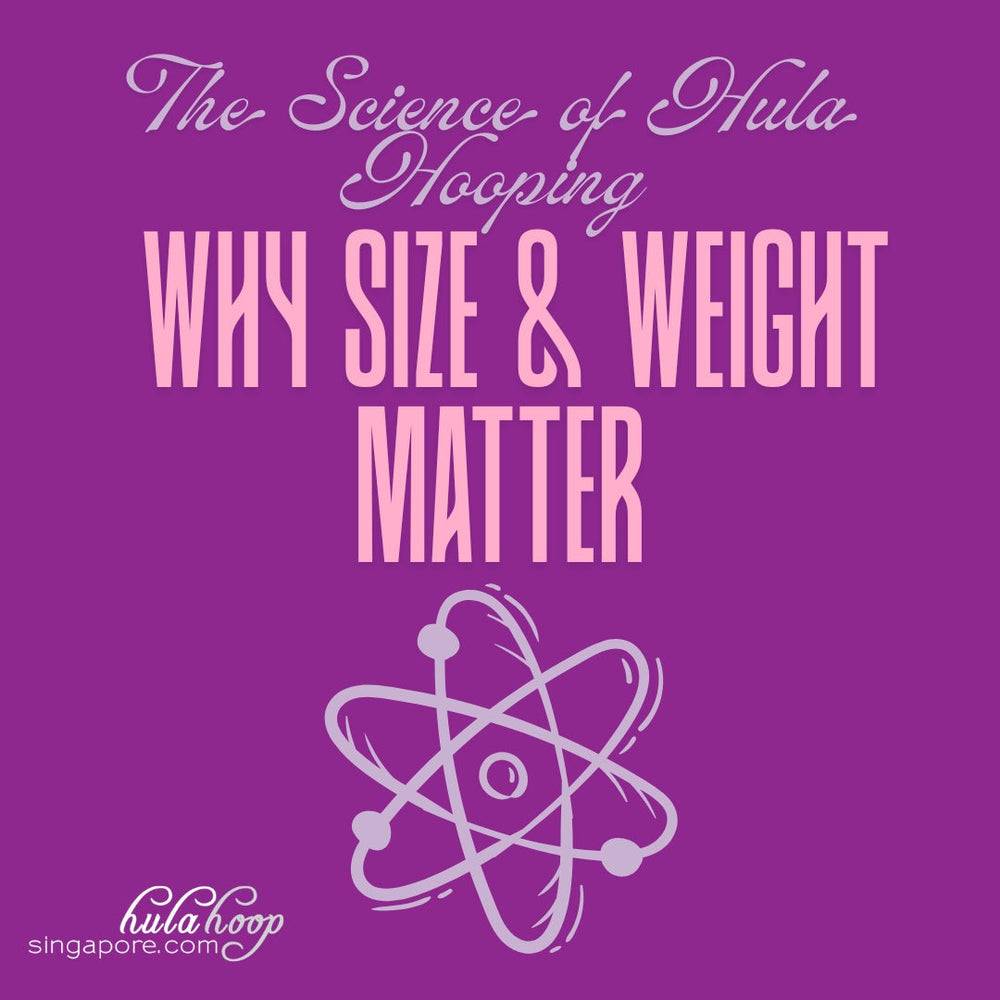The Science of Hula Hooping: Why Size and Weight Matter (Part 2)

"The heavier or faster the hoop,
the more your abs and
back muscles fire up!"
Every twirl of your waist is generating torque to keep up with the hoop’s speed and weight. The heavier or faster the hoop, the more your abs and back muscles fire up — which is why it burns belly fat effectively.
Why It Feels Heavier
When a hoop spins, your core isn’t holding just the weight (1.1 kg).
-
It’s constantly pushing against inertia (the hoop’s resistance to changing motion).
-
The faster it spins, the more force it needs (force grows with speed²).
-
Bigger hoops add leverage, multiplying the torque on your core.
This makes it feel like you’re handling several times its actual weight.
The Physics Formula
The “effective weight” can be linked to centripetal force:
Fc=rmv2
Where:
-
m = 1.1 kg
-
v = tangential speed of hoop = 2πrf
(r = radius, f = spins per second)
This Fc is the inward push your waist/core gives each second to keep it circling.
1.1 kg Hoop is almost 5kg !
-
Hoop diameter = 100 cm → r = 0.5 m
-
Spin rate = ~1.5 spins/sec (90 spins/min — realistic pace)
-
Tangential speed:
v=2π(0.5)(1.5)≈4.7 m/s -
Centripetal force:
Fc=0.51.1(4.72)≈48 N
48 N ≈ 4.9 kg of force
So although the hoop is 1.1 kg, your core is actually pushing as if it’s holding up almost 5 kg continuously, every spin!

